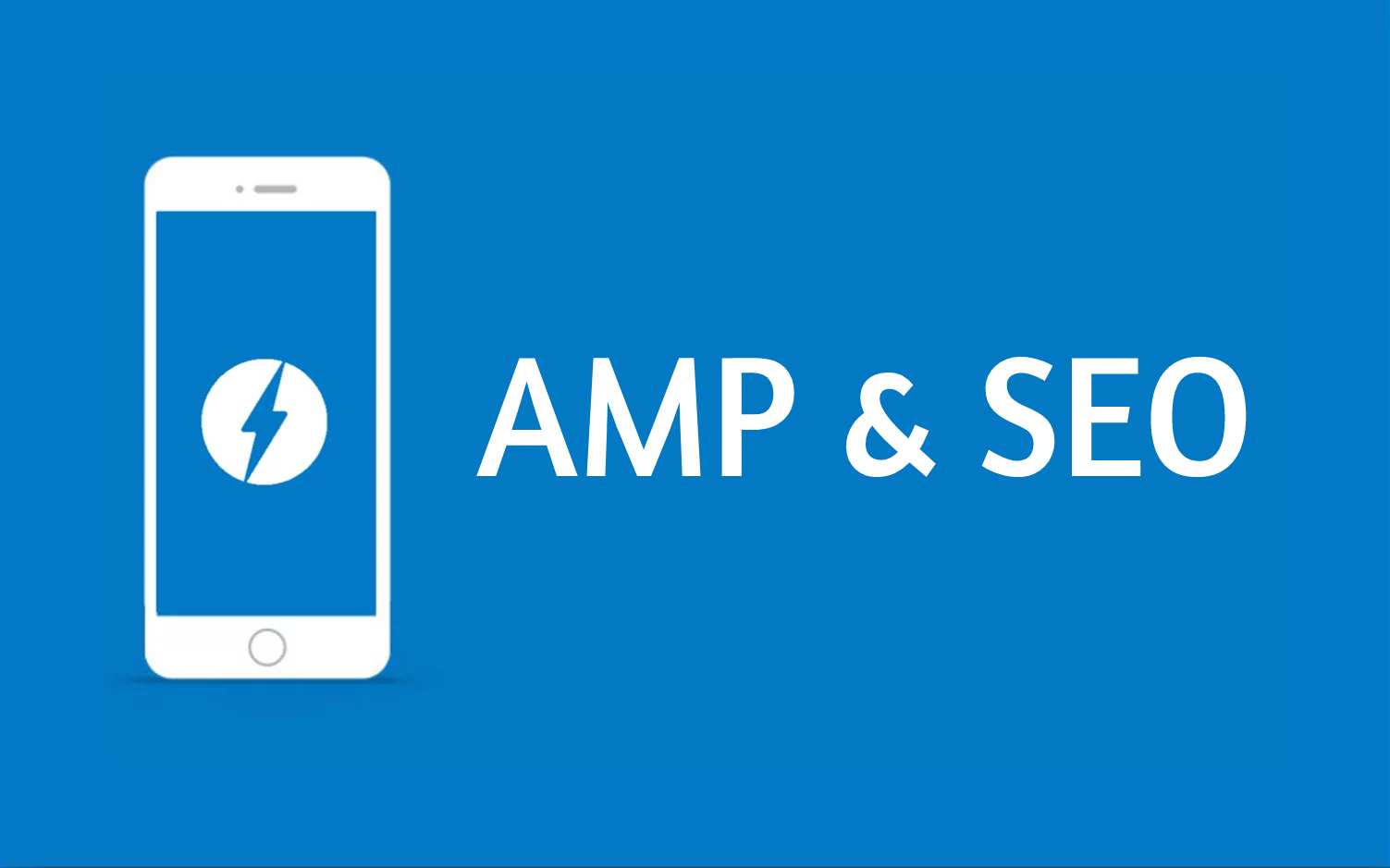Website speed is very important. A fast website keeps users happy and engaged. It also helps your site rank higher on search engines. One way to improve your site speed is using AMP. AMP stands for Accelerated Mobile Pages.
What is AMP?
AMP is an open-source project created by Google. It helps web pages load faster on mobile devices. AMP makes web pages very light and quick. It strips down HTML and uses limited JavaScript. This makes the pages load almost instantly.
Why AMP is Important for SEO?
AMP can help improve your site's SEO. Here are some reasons why:
- Faster Load Time: AMP pages load in less than a second. This improves user experience.
- Lower Bounce Rate: Fast loading pages keep users on your site longer. This reduces bounce rate.
- Better Mobile Experience: Many users access the web on mobile devices. AMP enhances their experience.
- Higher Ranking: Google favors fast sites. AMP can help your site rank higher.
How AMP Works?
AMP works by simplifying the web page code. It uses a special AMP HTML. This is a subset of regular HTML. It restricts the use of some HTML tags. Only certain JavaScript is allowed. AMP also uses a special AMP Cache. This is a content delivery network. It stores a copy of your AMP page. When a user requests the page, it is served from the cache. This makes it load faster.
Steps to Implement AMP
Implementing AMP on your website is not hard. Here are simple steps to follow:
1. Create An Amp Html Page
Start by creating a new HTML page. Add the AMP boilerplate code. This is the basic structure of an AMP page. Here is an example
Hello AMP
2. Add Amp Components
Next, add AMP components to your page. These are special tags and scripts. They help in creating interactive elements. For example, images, videos, and forms.
AMP Image
3. Validate Your Amp Page
Validation ensures your AMP page is correct. Use the AMP Validator tool. This tool checks for errors. It helps you fix any issues. To validate, add #development=1 to the URL of your page. Open the page in Chrome. Open Developer Tools. Go to the Console tab. Look for any errors.
4. Test Your Amp Page
Testing ensures your AMP page works well. Use tools like Google Search Console. This tool shows how Google sees your AMP page. It also highlights any issues.
5. Publish Your Amp Page
Once your AMP page is ready, publish it. Add a link to the AMP page in the original HTML page. Use the rel="amphtml" link. This tells Google that an AMP version is available.

Credit: www.stateofdigitalpublishing.com
Benefits of Using AMP
Using AMP has many benefits. Let's look at some of them:
- Improved User Experience: AMP pages load quickly. This makes users happy.
- Higher Engagement: Fast pages keep users engaged. They spend more time on your site.
- Better SEO Performance: Google prefers fast sites. AMP helps improve your site's SEO.
- Increased Traffic: Higher ranking leads to more traffic. More traffic means more potential customers.
- Reduced Bounce Rate: Fast loading pages reduce bounce rate. Users are less likely to leave your site quickly.
Challenges with AMP
While AMP has many benefits, it also has some challenges. Here are a few:
- Limited Functionality: AMP restricts the use of some HTML and JavaScript.
- Design Limitations: AMP pages may not have the same design flexibility as regular pages.
- Additional Maintenance: Maintaining both AMP and regular pages can be time-consuming.
Frequently Asked Questions
What Is Amp in Seo?
AMP stands for Accelerated Mobile Pages. It speeds up mobile web pages, improving SEO and user experience.
How Does Amp Impact Website Ranking?
AMP improves site speed and mobile usability. Faster pages and better user experiences can boost rankings in search engines.
Is Amp Necessary For My Website?
Not always. AMP benefits sites with heavy mobile traffic. Consider your audience and content before implementing it.
Conclusion
AMP is a useful tool for improving website speed. It helps enhance user experience. It also boosts SEO performance. While there are some challenges, the benefits outweigh them. By following the steps, you can easily implement AMP on your site. This will help you achieve better rankings and increased traffic.